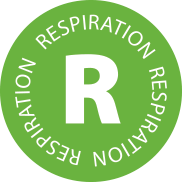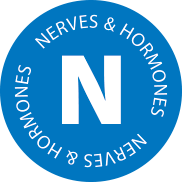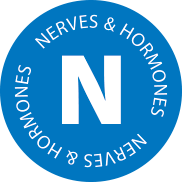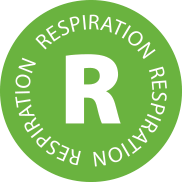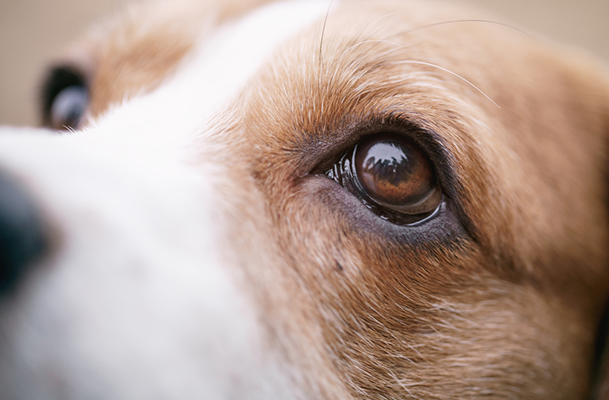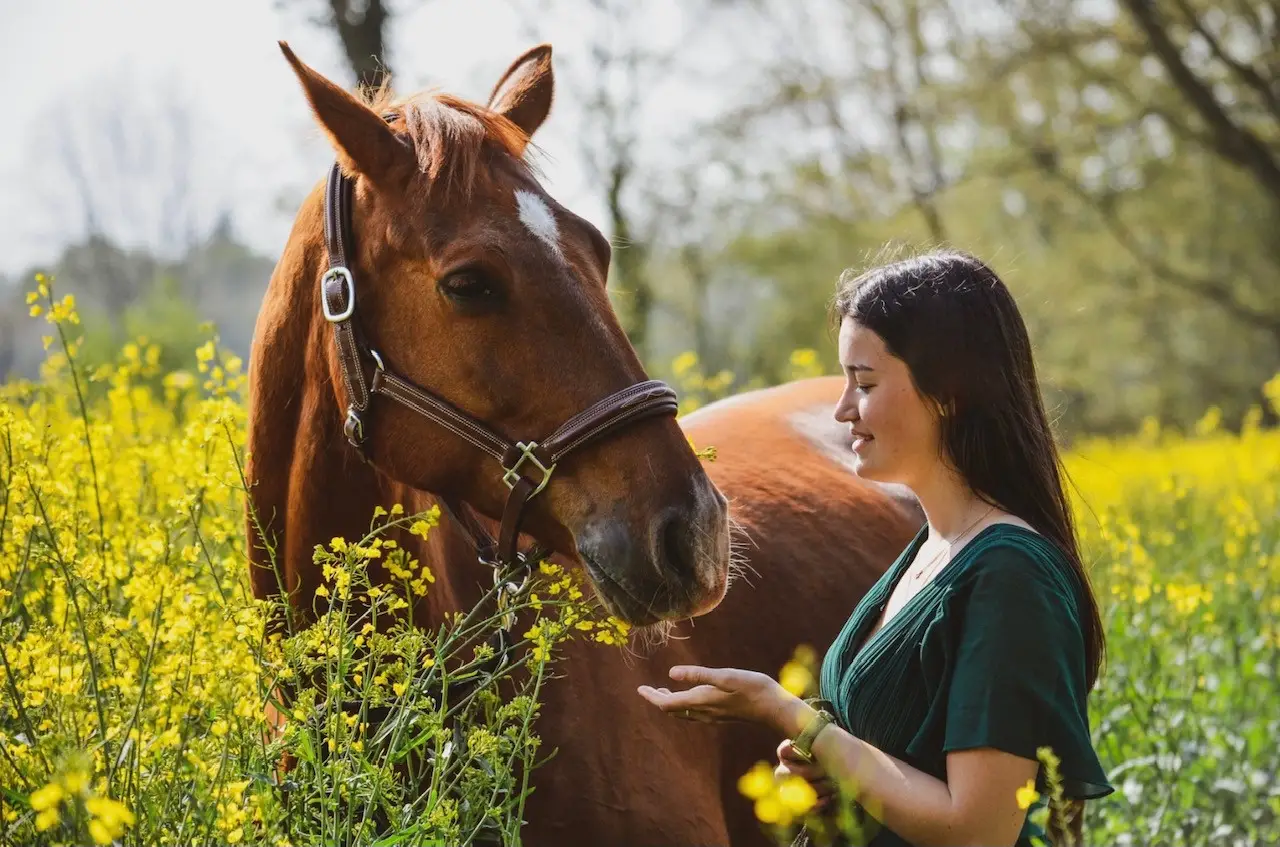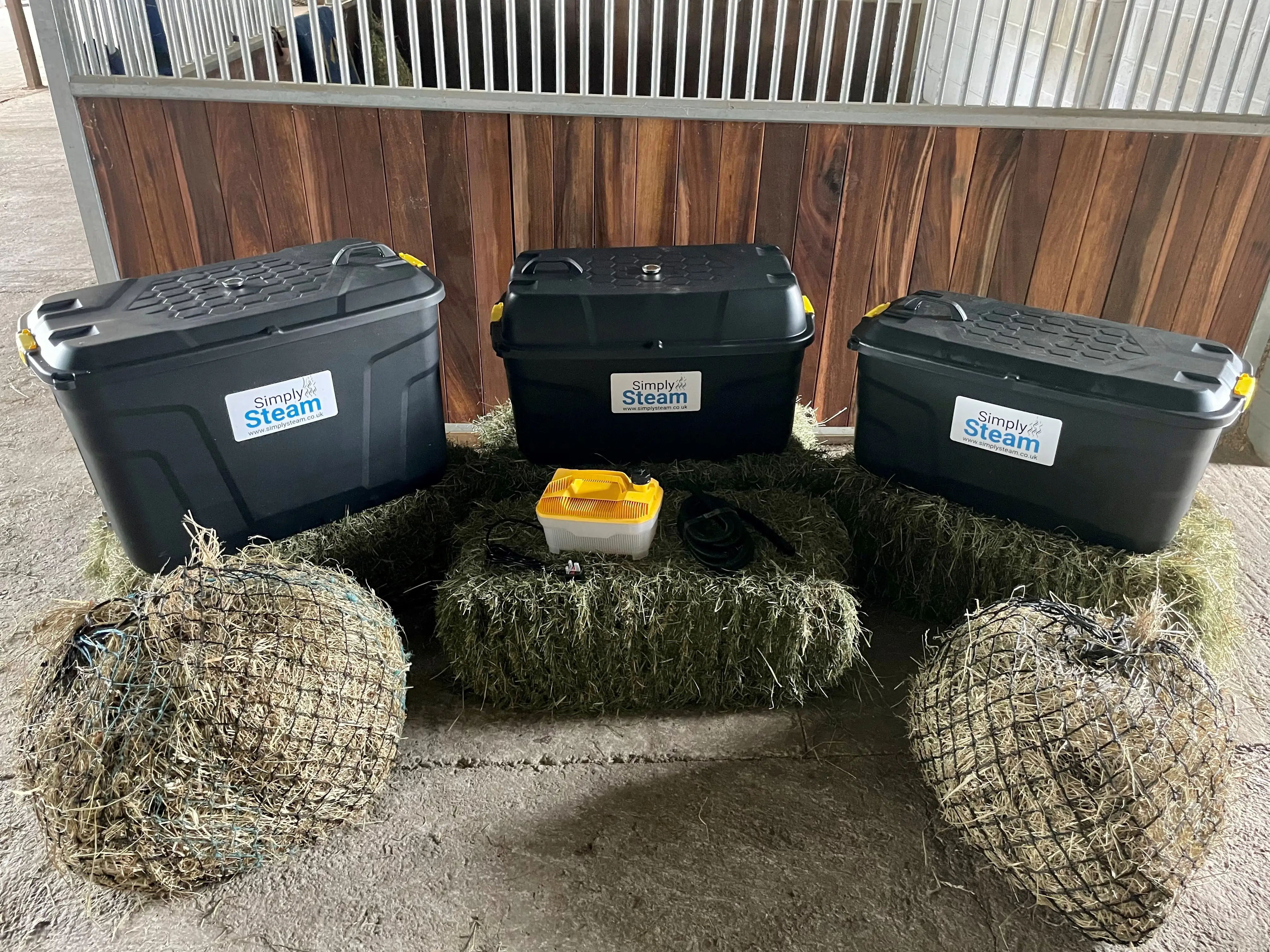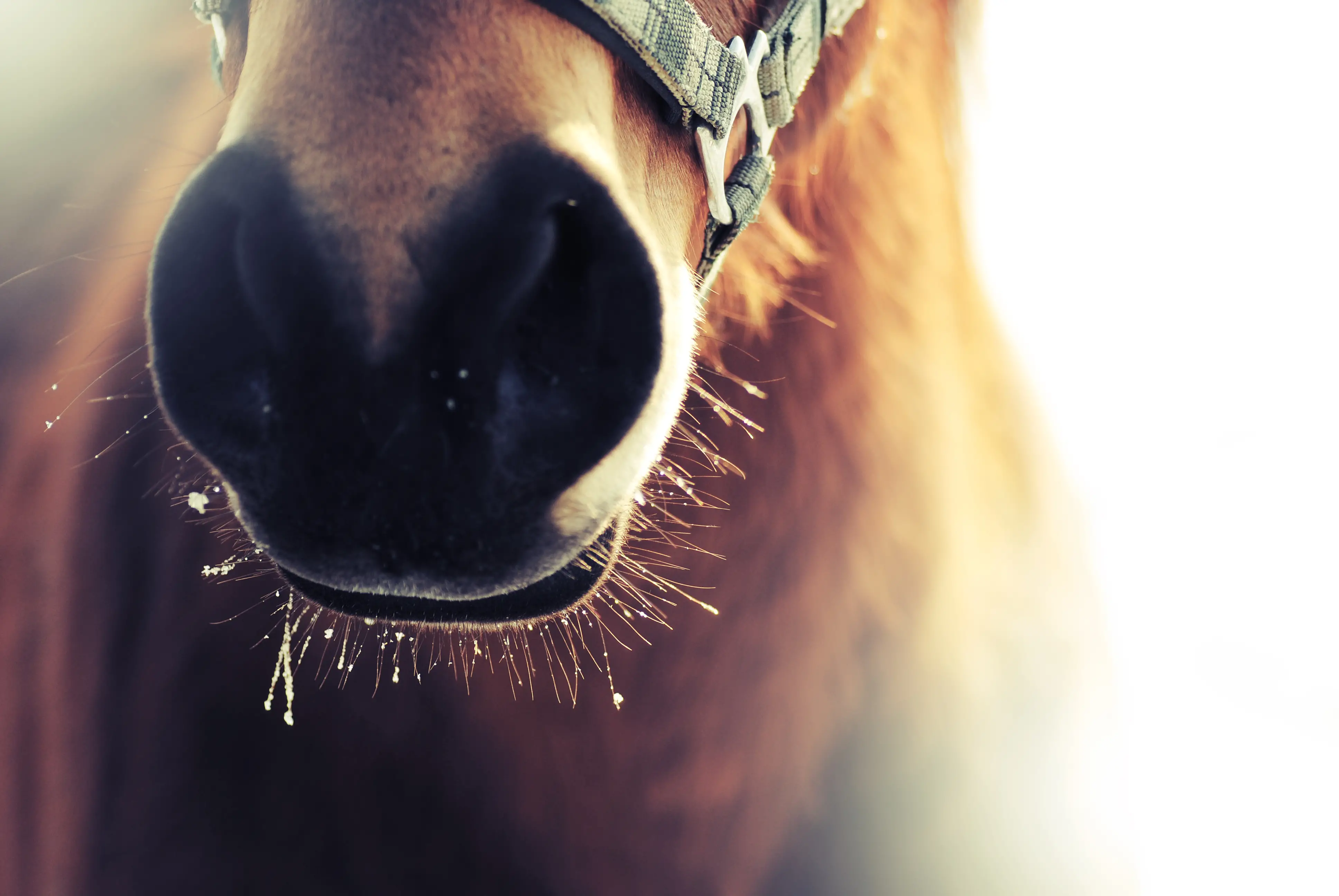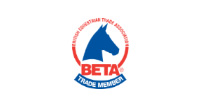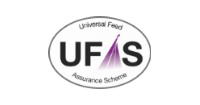24 March
How do you reward a dog for good behaviour?
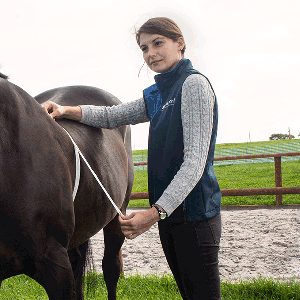 Edeline Bourrier
Edeline Bourrier
Edeline Bourrier
Edeline Bourrier
One of the most gratifying experiences of owning a dog is being successful in training them. As intelligent animals, dogs enjoy learning and it can be a great way of building your relationship with your pet. But, as you might know if you’ve begun to research how to train your puppy, there are quite a few methods out there and it can be hard to know which one is best for you.
Reward-based dog training is seen as one of the most fool proof ways of training any dog. This method involves rewarding your dog when they get something right, to encourage them to continue with that good behaviour. As with anything, there is some debate within the professional dog training community as to whether positive dog training is the most effective method of training your pet. But with backing from both the PDSA and RSPCA, as well as famous trainers such as Victoria Stilwell, reward based dog training is seen as one of the most popular dog training methods. The method is tried and tested, and is praised as being ‘The most humane and effective way of training dogs’ by the RSPCA.
What is positively rewarding your dog?
Positively rewarding your dog means giving them some kind of reward or treat when they display good behaviour, and ignoring their bad behaviour. It is often thought to be more pet-friendly than punishing your dog for bad behaviour, as it is based on praise and love rather than negative reinforcement. Clicker training is perhaps the most effective positive reinforcement method, this is where you train your dog to associate the click with another reward (such as a treat). Every time your dog displays good behaviour, you click and give them a treat. As time goes on your dog will regard the click itself as a reward.
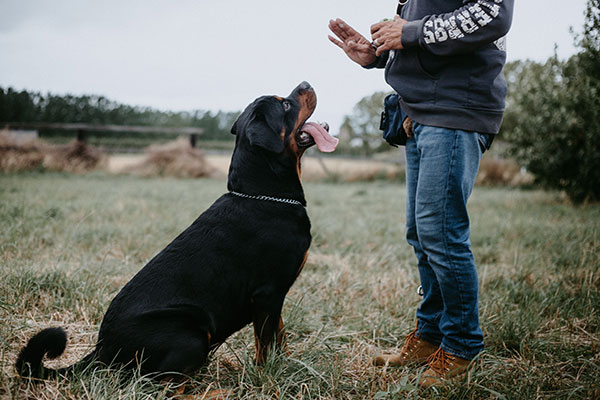
So how does positive reinforcement work?
Just as with any other animal, including humans, if a dog receives a positive experience after doing something, they are likely to repeat the action. You’re teaching your dog that when they do something good, something good will happen to them. (Remember your dog needs to be rewarded instantly so that it doesn’t get confused as to what action they are being rewarded for.)
Useful reading:
- How to reward a dog without treats
- Puppy exercise
How to reward your dog:
Rewarding dogs with treats is perhaps the most common method, but it’s important to note that not all dogs are treat-driven. Some dogs prefer their reward to be a toy, playtime, or simply receiving some affection from you. You could even rank what reward they prefer, and give them the best treat when they do something really good!
Here are some common ways to reward your dog for good behaviour:
- Treats
- Playtime with their favourite toy
- Playtime with other dogs
- Cuddles/scratches behind their ears
- Play games with them
- Verbal praise
If your dog prefers treats as rewards this can become problematic as too many treats can lead to weight gain. Clicker training can be a good way to wean them off receiving treats and have them associate the click with a reward instead. Remember all dogs are different and what makes one dog tick, might not be effective for another!
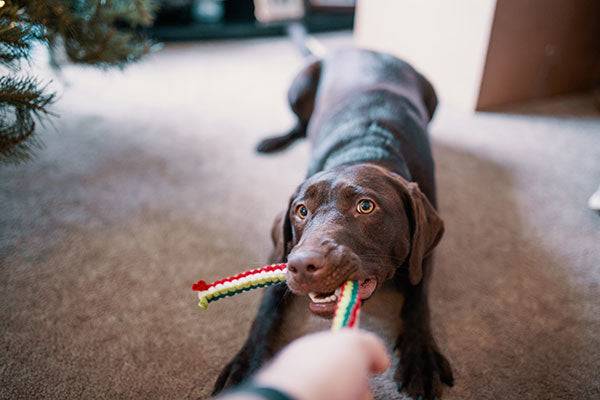
Benefits of positively rewarding your dog:
Positive training sessions provide mental stimulation for your dog and prevents boredom (which often leads to further bad behaviour). Dogs are intelligent animals that like to learn and keep their mind stimulated just like humans do!
Once you know the basics of your rewards based training plan, you can easily teach your friends and family how to help. Get them involved in clicker training or positive reward training to ensure you’re providing a systematic approach to your dog at all times - this will make things clearer for your dog and help them learn faster!
- It can be used for all behaviours
Positively rewarding your dog is not just about teaching your dog to sit or stay, but can also be an effective way of toilet training them or to get them to stop biting.
- It’s easier for your dog to understand
Punishing dogs for bad behaviour sends a very confusing message about whether they’ve done the right or wrong thing and it can often make the problem worse. By positively rewarding your dog during training about an action that they have done right, you send a much clearer message and encourage better behaviour.
- Strengthens the bond between dog and owner
Rather than constantly training your dog with aggressive or frightening punishments, you’re able to build a greater bond with your dog using praise. Your dog is much more likely to have a positive relationship with you if it’s based on love than if it’s based on fear or punishment.
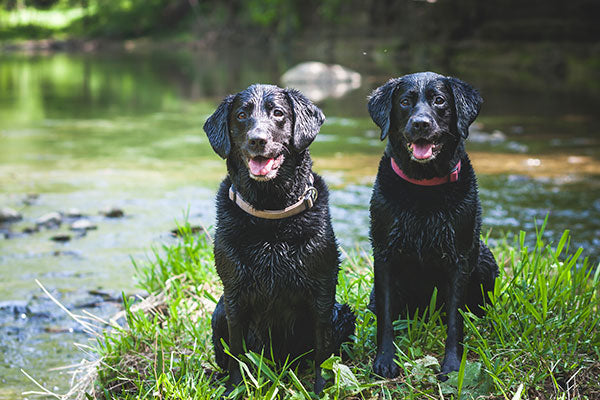
How to train your dog with positive reinforcement:
As with any type of training you aren’t going to get perfect results from day one. Be patient and calm with your puppy and try not to shout at them or punish them for doing something wrong. One day you might think you’ve nailed teaching them how to sit, and the next day they don’t listen to a word you say, if this happens don’t give up!
As much as possible try having a clicker or treats handy at all times. You need to praise directly after good behaviour so that your dog doesn’t get confused about what it’s being rewarded for. For example you shouldn’t wait until the dog has come back into the house to reward them for house training, it should be as soon as they’ve finished their business.
Remember to praise your dog each time they do something right. They will find it harder to understand the rules if you don’t tell them they’re doing the right thing every time. Try and always use clear, short commands as this is easier for the dog to digest. It’s also widely agreed that dogs can understand tone of voice, so as much as possible try to use an upbeat, happy tone when rewarding your puppy.
Always end training sessions on a high, for both you and the dog! Even if you’ve had a session where you felt like you didn’t achieve anything, neither you or your dog should be left feeling depleted. Try to end the training session by rewarding your dog using a method different to the one you’ve been using in that training session, but one you know that they like and respond well to. By ending on a good note it should make sure both you and your dog view training sessions in a positive way and not something you dread.
Rewarding dogs for good behaviour is one of the best and kindest ways to train your dog, so hopefully this blog is packed with enough tips to get you started. If you enjoyed this blog and you’re interested in more top tips, sign up to our monthly newsletter below.
 About Edeline Bourrier
Edeline Bourrier
About Edeline Bourrier
Edeline Bourrier



